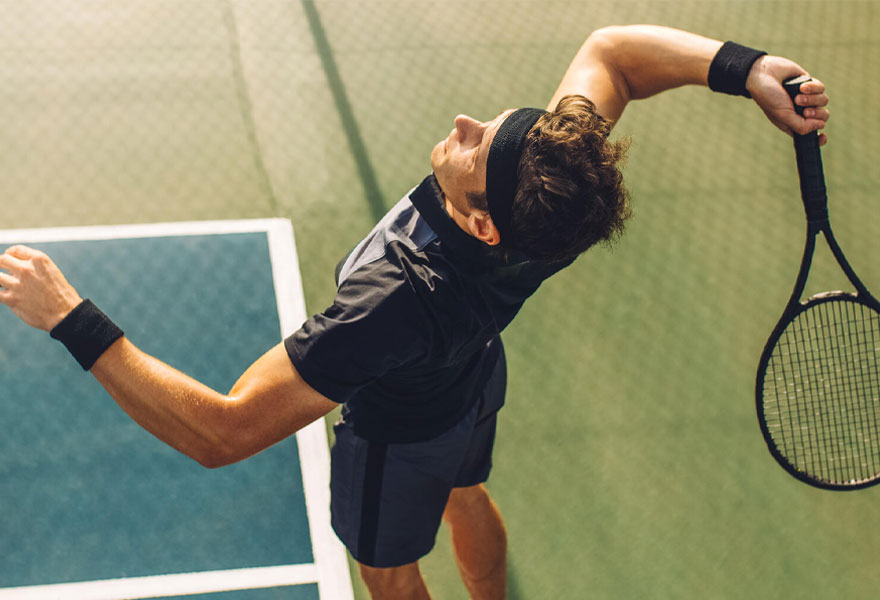Dear Mayo Clinic: About a month ago, I began experiencing pain in my elbow. I experience this almost constantly, but it is worst whenever I try to lift anything, no matter how heavy. The pain moves from my elbow down my inner forearm, and if I twist or turn my wrist or arm, it worsens. I am an avid weekend golfer, but I haven’t played now for a few weeks. I’m wondering what I may have done and how I can get back to golf.
Answer: The problem you describe sounds like “golfer’s elbow,” a disorder also known as medial epicondylitis. This disorder develops when muscles and tendons on the inside, or medial, side of your arm become damaged, usually due to overuse.
The muscle and tendon damage of golfer’s elbow triggers pain and tenderness on the inner part of your elbow. As in your case, the pain may extend down the inside of the forearm. It also can lead to weakness in the hand and wrist due to the pain. A related condition that tends to be more common is tennis elbow, which is a disorder known as lateral epicondylitis. This disorder affects the outside, or lateral, side of the forearm and leads to symptoms similar to those of golfer’s elbow.
Despite its name, golfer’s elbow doesn’t only affect golfers. Some people who suffer from this are not even athletes. The condition develops due to excessive or repeated stress on the muscles and tendons of the inner arm. This can happen over time due to activity that involves repeatedly gripping your hand or flexing your wrist.
Although it can be painful, golfer’s elbow doesn’t require urgent care. It’s safe to try some remedies at home before you see your health care provider. First, start with activity modification. Limit your playing and rest your arm. Avoid any activities that require you to turn or twist it. Use an ice pack on your elbow, 15 to 20 minutes at a time, three or four times a day. Take a nonprescription anti-inflammatory medication, such as ibuprofen or naproxen sodium, to ease discomfort. In many cases, following these self-care steps consistently for several weeks is enough to relieve symptoms of golfer’s elbow and allow you to gradually return to your activities.
If there’s no improvement after several weeks, then it’s time to see your health care provider. A review of your health history and activities, along with a physical exam usually are all that’s needed to diagnose golfer’s elbow. In some cases, X-rays may be useful to rule out other conditions, such as a broken bone or arthritis.
Once the diagnosis has been confirmed, physical therapy is the next step in treatment. Strengthening and stretching exercises called “eccentric exercises” are particularly effective in treating golfer’s elbow. A physical therapist can provide specific exercises as well as other strengthening and flexibility techniques.
In most cases, golfer’s elbow resolves completely with self-care and physical therapy, and no further treatment is needed. Recovery can take time and patience, however. Total symptom relief often requires three to six months of consistent physical therapy. Although that may become frustrating, the effort is worth it. For most people who take the time to work through physical therapy to treat golfer’s elbow, symptoms don’t return.
Rarely, symptoms may persist despite consistent self-care and physical therapy. In those cases, surgery may be considered. Symptoms that may lead your health care provider to recommend surgery would include numbness or tingling into the hand, specifically the fourth and fifth fingers. This could indicate a pinched nerve at the elbow or neck.
Once your symptoms are gone, take care to help prevent golfer’s elbow in the future. Strengthen your forearm muscles, and stretch before physical activity. Use lightweight equipment when working, exercising or playing sports. Don’t overuse your elbow. If you notice discomfort when doing an activity, take a break. — Dr. Bradley Schoch, Orthopedic Surgery, Mayo Clinic, Jacksonville, Florida






